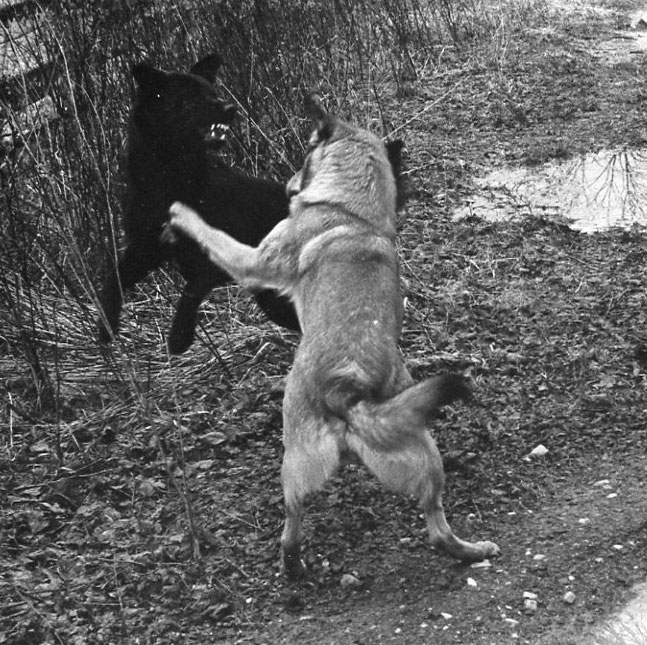It’s been a week since the Olympics in Vancouver ended, but I still can’t get that anthem out of my head. It seemed like every time you turned around somebody on a podium was getting misty-eyed as they lustily sang along to “Oh Canada.”
Why don’t we have a song like that in our country?
I know, we have a national anthem. But wouldn’t it be cool if it were the sort of song normal people – not necessarily trained in light opera or gospel powerhouse – could sing?
Controversy over national anthems is nothing new, of course. Even in Canada apparently they’ve had long-running debates over the translation of their anthem (the original was in French – mon dieu!; and they also have an Inuktitut version). Here in the fractious United States there have always been champions of other anthem contenders such as “God Bless America” – the easiest to sing by far, “My Country T’is of Thee” – the first patriotic song many public school children learn, and my personal favorite, “America the Beautiful.” Over the years there have been nominations for a handful of other spirited songs – Woody Guthrie’s “This Land is Your Land,” and Bruce Springsteen’s “Born in the USA” among them. But in the land of the free-for-all and the home of the reckless, it’s pretty hard to get a consensus on anything, even something as seemingly innocuous as a song.
Yet the power of music to motivate and lift the spirit is undeniable, and for that reason the importance of a national anthem which the people of the nation can actually sing is not insignificant. During the Olympics we get a chance to hear the anthems of a variety of nations (or at least any of them who happened to be sharing the podium with an American, since our television coverage gives the impression that the only medals which count are those won by Americans – but that’s another rant).
I have to say that for the most part, the anthems of other nations don’t register with me. “La Marseillaise” is an exception, thanks in part to the unforgettable scene in “Casablanca” where Victor Laszlo leads the oppressed patrons of Rick’s Café Américain in a rousing rendition which drowns out the competing Nazi oppressors at another table. A minor victory, perhaps, but a telling one.
Which illustrates the problem with “The Star-Spangled Banner.” Suppose teams of singers were chosen at random from the spectators at a soccer game between the United States and France, and they had to compete in a simultaneous sing-off of national anthems. I think we all know what would happen. The US team would start off boldly, but the song wasn’t designed to be sung by average people. The melody swoops up, it swoops down, it almost never settles into a steady rhythm, and it ends with a killer high note. Thanks a lot, Francis Scott Key.
To its credit, TSSB is a stirring song. Like “La Marseillaise,” it’s a battle song, fit for football kick-offs and baseball diamonds. But, it ain’t hummable. Unlike that Canadian number. Man, there’s a catchy tune. Like a slow-moving train.
Here’s when it hit me. I was watching the men’s final of the curling event. Yeah, I know. I never thought it could happen to me, but you know how it is. You start by watching a few rounds, just for laughs, and then you realize that it’s a kind of prehistoric version of billiards crossed with shuffleboard, and it casts its own hypnotic spell. Plus there’s the pleasure to be had from any mystery, i.e., what the hell’s going on? The Canadian men were fighting for their first gold against a skilled Norwegian team who had generated a lot of media buzz due to their pants. That’s right. I said pants. When all about you are wearing sober black and you show up in harlequin red and gold, it gets noticed.
Anyway, things were rolling along in the sedate, some might say catatonic, way of the sport. A general air of civility and quiet was evident in spite of the growing excitement among the Canadian fans that they might actually make history. And then it happened. Sometime around the ninth end (a technical curling term), from the Canadian fans a soft sound grew as the familiar strains of “Oh Canada” rose on a fervent swell of national pride. This was unprecedented! Singing in the seats at a curling event? The players waited, bemused expressions on their faces, even the Norwegians, who by then could read the cursive on the wall, until the song ended, and a polite cheer went up.
This could never happen at, say, an American hockey match. And it’s not because we don’t all know the words to TSSB. It’s because the song wasn’t written for ordinary mortals to sing, not even ordinary mortals who’ve had a few beers and are feeling fairly invincible.
But “Oh, Canada” has the kind of easy-going, middle-of-the-road range that any child can sing. And it’s not about bombs bursting and rockets glaring. It’s about brotherhood and love of country. That’s all I want in a national anthem. At least until we can all agree on Bruce Springsteen.

